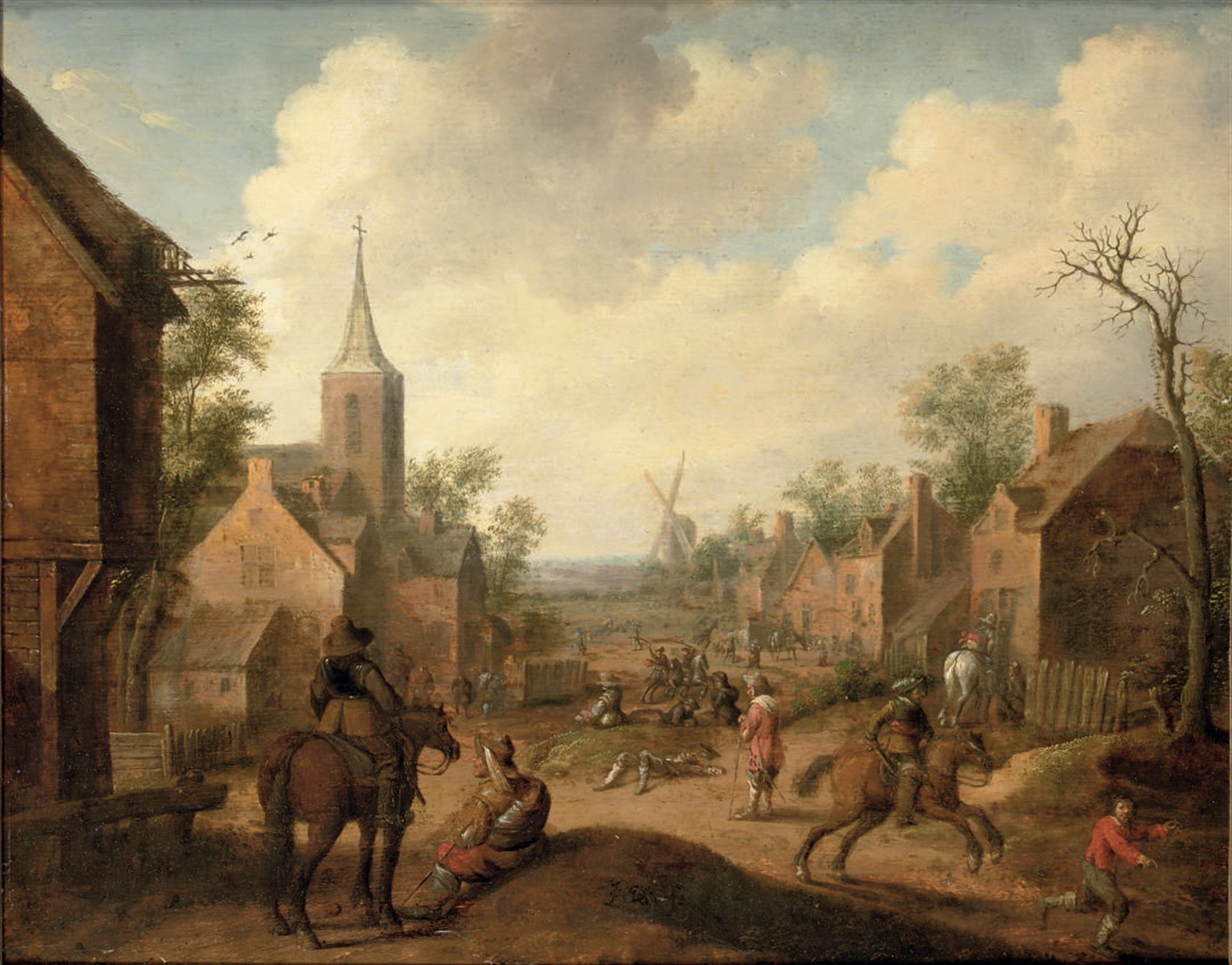My research contributes to a growing body of scholarship that takes as axiomatic the claim that understanding the media context of antiquity is an essential task for interpretation. It also opens further avenues for considering how narratives were composed and received in Second Temple Judaism, as well as the relationship between composition and reception.
Read MoreJohn’s Apocalypse and Theriocidal (animal-killing) Empires
In my book, Apocalyptic Ecology, I utilize venationes as part of the Roman world against which John of Patmos reacted in writing the New Testament book of Revelation.
Read MoreInner Animalities
Scholars of animal studies unanimously reject anthropological exceptionalism. Much of the conversation in the field has turned on how to reject it and why we ought to do so. In the wake of this literature, I find myself all the more intrigued by the textual ecology of late antique Christianity, since these texts play an outsized role in shaping the shared topography of humanness and animality that we find ourselves inhabiting.
Read MoreTextual Objects and Material Philology
These essays were part of a panel at the Society of Biblical Literature 2018 Annual Meeting titled, “Textual Objects and Material Philology,” inspired in part by the publication of Snapshots of Evolving Traditions (eds. Lied and Lundhaug).
Read MoreTextual Scholarship, Ethics, and Someone Else's Manuscripts
The Plunders of Codex Bezae
Two languages, two scripts, three combinations: A (personal?) prayer-book in Syriac and Old Uyghur from Turfan (U 338)
Adam Bremer-McCollum’s contribution to the Textual Objects forum.
Read MoreContinue to Sing, Miriam! The Song of Miriam in 4Q365
A Material History of the Tura Papyri
Blossom Stefaniw’s contribution to the Textual Objects and Material Philology Panel from SBL 2018.
Read MoreIs Vienna hist. gr. 63, fol. 51v-55v a “fragment”?
Janet Spittler’s contribution to the Textual Objects and Material Philology Panel from SBL 2018.
Read MoreDissertation Spotlight | Monika Amsler
Monika Amsler. “Effective Combinations of Words and Things: The Babylonian Talmud Gittin 67b-70b and the Literary Standards of Late Antiquity,” PhD Dissertation, University of Zurich, Switzerland, 2018.
Read MoreArt as a Medium of Religious Dialogue and Competition in Late Antiquity
Dr. Catherine Hezser introduces her book Bild und Kontext: Jüdische und christliche Ikonographie der Spätantike: “I examine exemplary biblical, mythological, and symbolic images in the context of Jewish, Christian, and Graeco-Roman literary sources to determine their possible uses and meanings within the multi-cultural realms of late antique society. I argue that the images were carefully chosen to engage in an ongoing visual discourse within the public sphere.”
Read MorePublication | Christian Reading: language, ethics and the order of things
My book is about reading as world-building, because reading with a grammarian in antiquity meant reading in a pool of fragmentation, displacement, and homogenization to re-arrange time and re-align filiation.
Read More“We solved racism!” and other miscalculations in the biblical studies classroom
“One plus one plus one cannot equal one. Neither does the Old Testament equal the Tanakh. They are not one.”
Read MoreUnexpected Influences | In the Eye of the Animal: Zoological Imagination in Ancient Christianity
The intellectual climate had changed, and I saw that I needed to situate my work as an historian in contemporary animal theorizing in order to be responsive to the interpretive richness of this new cultural moment in scholarship and to develop a vocabulary that might enable a reading “otherwise” of ancient Christian texts that feature animals.
Read MoreWhat can pre-modern Muslims tell us about the Hebrew Bible?
King Ahashverush and the maidens, Shahin, Ardashir-nameh, Persia, 2nd half of the 17th century (Berlin, Staatbibliothek Preussischer Kulturbesitz)
King Ahashverush and the maidens, Shahin, Ardashir-nameh, Persia, 2nd half of the 17th century (Berlin, Staatbibliothek Preussischer Kulturbesitz)
“There is evidence that Persian Muslims and Jews shared notions about the story that united them on the one hand and distinguished them from their coreligionists elsewhere on the other.”
Read MoreCreating Christian Marriage in Early Islamic Arabia
"Do Christians have to marry in churches? Historically, many Christian theologians have said “yes.” But they haven’t always. It wasn’t until the tenth century, for example, that the Byzantine emperor made a church ceremony a required element of marriage for Orthodox Christians. Nor was Constantinople at the forefront of the matter.”
Read MoreDissertation Spotlight | Story and Sacrifice: Ritual, Narrative, and the Priestly Source
Liane M. Feldman, “Story and Sacrifice: Ritual, Narrative, and the Priestly Source,” PhD Dissertation, University of Chicago, 2018.
Read MorePaul, the Gentiles, and the Other(s) in Jewish Discourse
The Apostle Paul in St. Sophia of Kyiv via Wiki Commons.
The Apostle Paul in St. Sophia of Kyiv via Wiki Commons.
Cavan Concannon responds to Adi Ophir and Ishay Rosen-Zvi’s book, Goy: Israel’s Multiple Others and the Birth of the Gentile in the AJR review forum.
Read MoreThe Goy: A Synchronic Proposal
“Moses receiving the law” in the Basilica of San Vitale is a church in Ravenna, Italy,
“Moses receiving the law” in the Basilica of San Vitale is a church in Ravenna, Italy,
Christine Hayes responds to Adi Ophir and Ishay Rosen-Zvi’s book, Goy: Israel’s Multiple Others and the Birth of the Gentile in the AJR review forum.
Read More
















